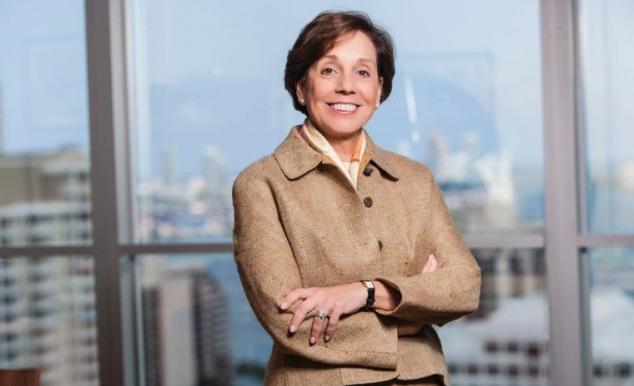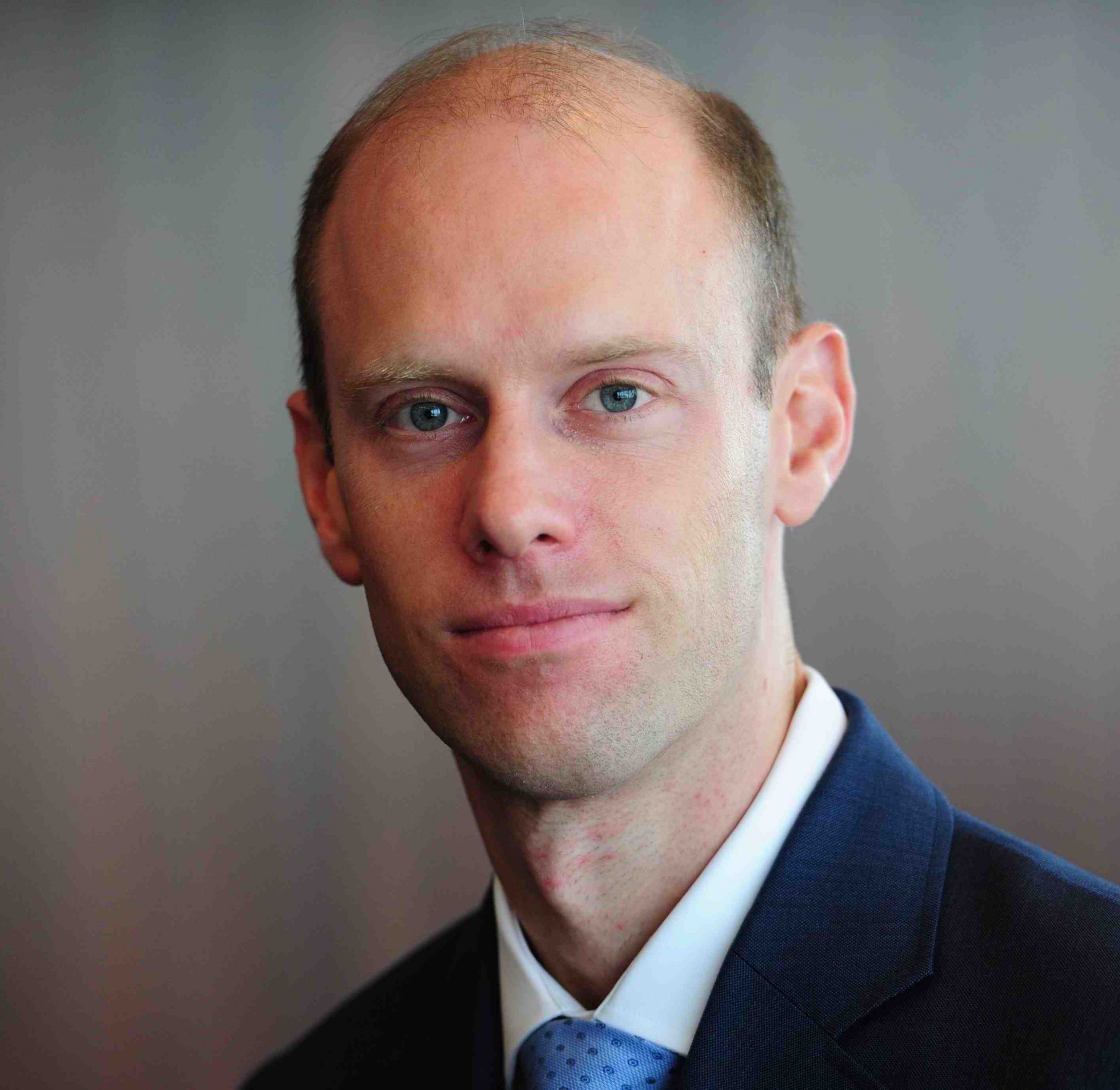Fed’s Easy-Money Policy Days Appear Numbered
| By Alicia Miguel | 0 Comentarios
The U.S. Federal Reserve has held its benchmark interest rate near zero since December 2008 and pumped trillions of dollars into the economy through monthly purchases of U.S. Treasuries and mortgage-backed securities – all in an effort to stave off a full-on depression in the wake of the global financial crisis. Now that the U.S. economy is showing signs of strength, including labor growth and 4% Gross Domestic Product (GDP) growth in Q2, continuing this ultra-accommodative monetary policy is being called into question.
A fixed-income trader, a chief economist, a European sovereign analyst and an equity manager from across Natixis Global Asset Management share viewpoints on whether the end of the Fed’s bond-buying purchases in October may spark a taper tantrum, when the Fed might raise rates, whether the Bank of England is also nearing a rate hike – and what it all means for investors.
Third quarter of 2015
“We expect that the end of the Federal Reserve’s bond-buying program in October will be a non-event with little impact on broader markets. The program’s end has been very clearly telegraphed by the Federal Open Market Committee (FOMC), and thus markets have long been expecting the program to come to an end this fall. The so- called “taper tantrum” of last year was never really about markets adjusting to the prospect of incremental reductions in the pace of asset purchases; it was about markets adjusting to the prospect of an earlier than expected end to the bond-buying program”, according to Michael Gladchun, Fixed Income Trader at Loomis, Sayles & Company.
The FOMC has been very successful in establishing separation between their use of the balance sheet as a policy tool and their use of guidance on interest rates as a policy tool. Markets no longer look to the Fed’s use of the bond-buying program as a signaling mechanism for the rate path. Rather, markets have embraced the data- dependent nature of the Fed’s interest rate policy and are now taking their policy cues from indicators of labor market slack.
Asked if the Fed will raise rates sooner than expected, they expect an initial rate hike to occur in the third quarter of 2015. “We do not expect a material uptick in measures of core inflation over the near term. We are watching wage inflation very carefully, as we expect it to pick up and exert pressure on Fed Chair Janet Yellen and the FOMC – and again, not this year but next”.
Taking into account the progress that has been made on the employment side of the Fed’s dual mandate, even moderate gains on the inflation side will further embolden the “hawkish” members of the FOMC. It appears the “hawks” will continue to push for a more rapid transition to less accommodative policy. With the Fed’s bond-buying program widely expected to end in October, the policy debate has shifted from the pace of tapering to the guidance the Fed provides on the future path of interest rates. This debate will increase in intensity as traditional measures of the employment and inflation gaps continue to close, as we expect. However, we believe that Chair Yellen and the FOMC will continue to resist the pressure from the “hawks” as long as broad labor market metrics continue to show evidence of slack and inflation expectations remain anchored.
Second half of 2015
“Timing is everything. The main challenge for the Fed as it moves toward normalizing its monetary policy will be to avoid a repeat of 1937–1938, when after a few years of strong growth, policy was normalized and then economic activity collapsed. Or more recently, you can look at the U.S. real estate market’s slowdown in 2013 after mortgage rates moved higher in the wake of then Fed Chair Ben Bernanke’s testimony to Congress in May 2013. So you really have to ask yourself, can the Fed take this kind of risk and move too fast?”, says Philippe Waechter, Chief Economist Natixis Asset Management.
“Investors seem to expect a first move from the Fed in March or April 2015. For the reason I just mentioned this is probably too early. I think that the second half of 2015 is preferable. Conditions are not yet leading to a strong inflation rate, which would need to be much higher than the Fed target rate of 2% for them to raise interest rates. Therefore, I think the Fed will take its time and be sure that the U.S. economic recovery is solid enough”.
About the impact of the Fed’s ending of its bond-buying purchases, he says it will be low for two reasons. “First, the reduction in asset purchases from the Fed started in January and there has been little impact on the market. In fact, long-term interest rates in the U.S. are lower now than before the beginning of the tapering. Second, the baton is being passed off to the European Central Bank (ECB). There is a kind of coordination between central banks. When one stops buying assets, another one increases its purchases. This coordination is important, and therefore I don’t believe there will be issues regarding liquidity”.
Volatility for managers
Chris Wallis, CEO, Equity Manager at Vaughan Nelson Investment Management: “Over the next couple of quarters, we think we’re going to see inflation come in a little hotter than what the market anticipates. We don’t think overall inflation is going to move so high that it will impact risk assets such as stocks. But what it should call into question is the Fed’s ability to maintain such an accommodative monetary policy”.
“As a result, we may see real volatility show up in the yield curve. Investors and markets may worry that the Fed will have to accelerate some of the interest rate increases. Or, to the extent that the Fed doesn’t accelerate rate increases, that they’ll be further behind the curve as we look out on 2015 and thus force the Fed’s hand to be more aggressive later. We think that has the potential to create angst, to create anxiety, which may cause welcome volatility for active managers who might be able to step up and build some very attractive positions”.
“At the same time as we “normalize” policy, it should pressure certain areas of the market – such as Real Estate Investment Trusts (REITs), utilities and other bond proxies. With that, it gives active managers an opportunity to really outperform the market on a go-forward basis. So we do welcome any incremental volatility and actually think a correction in the stock market of five to ten percent would be incredibly healthy at this time”.
In UK… hikes sooner than later
Laura Sarlo, European Sovereign Analyst at Loomis, Sayles & Company says the Bank of England’s Monetary Policy Committee (MPC) has indicated that it’s edging closer toward raising short- term interest rates. “Although we expect the MPC to move toward raising rates in coming quarters, we expect the Committee to be more patient with rates, given our view that credit policy has been tightening since November via the actions of the Financial Policy Committee”.
Markets are currently pricing some chance of a rate hike before year-end, and pricing a 25 basis point hike by the end of the second quarter 2015. We view monetary policy as having already been tightening since November 2013, when the Financial Policy Committee (FPC) began deploying tools to tighten credit conditions, particularly for housing. The institutional reform of the Bank of England in 2013 has, to some extent, separated interest rate policy from credit policy, giving the BoE a more flexible and nuanced toolkit than many other global central banks.
“Solely employing interest rates is arguably an overly blunt tool to manage the UK housing market, where pressures are most pronounced in London. Over the last nine months the FPC has modified its recommendations for bank lending several times, with its most recent policy tightening announced in June. Since spring we have seen housing market activity indicators cool, and more recently there are indications that prices seem to be cooling as well.Apart from housing, wages are the other primary focus for market participants expecting rate hikes sooner rather than later. With the economy growing strongly and unemployment falling steadily, some expect wage increases to drive the need for rate hikes sooner rather than later. Yet to date, wage growth has consistently remained mild, driven, we think, by signs of remaining slack, such as the still-high percentage of temporary and part-time workersindicating they’d have accepted a full-time job if available. Also, with few signs of risk to the MPC’s 2% inflation target over the horizon, we should see some moderation in economic activity in the second half of the year”.








